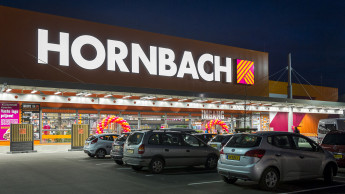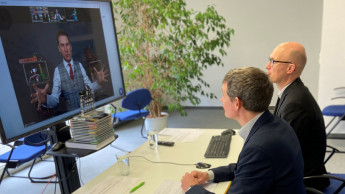Because the home improvement industry isn't just any industry, the climate debate has two dimensions where it is concerned: one which refers to itself, its players and companies, and another which is aimed towards its customers.
Let's start with the dimension "customers and assortment". The good news: there are already a large number of products, starting from improved insulation materials to water-saving toilet flushes and also LEDs.
The not quite so good news: there is still room for improvement. And: we had made more progress here in the past. Unfortunately the industry didn't make headway with its attempt to market wind turbines and solar panels for domestic use.
And the second dimension, a look at ourselves? There's good news here too. As energy is getting more and more expensive, many chains are, for example, converting all their stores to LED lighting. And more and more new DIY stores are being built according to energy and ecological standards which go beyond the respective national legal requirements.
For example, B&Q already opened a pilot store according to energy-saving criteria eleven years ago. Or the German chain Toom, for example, is erecting its new buildings according to the Green-Building-Standard by the German Sustainable Building Council (DGNB) in "Gold"; their goal: by 2022, the retailer wants to reduce its greenhouse gas emissions per square metre of retail space by half - compared with 2006. Or a current example from France: the new Castorama near Bordeaux fulfils the BiodiverCity label criteria for ecological construction and the British certificate BREEAM with a rating of "very good" (see also the report in this edition).
But there is a lot of room for improvement here too: all over Europe, or even the world, it is nowhere near standard practice for retail to prioritise energy efficiency when building new stores.










